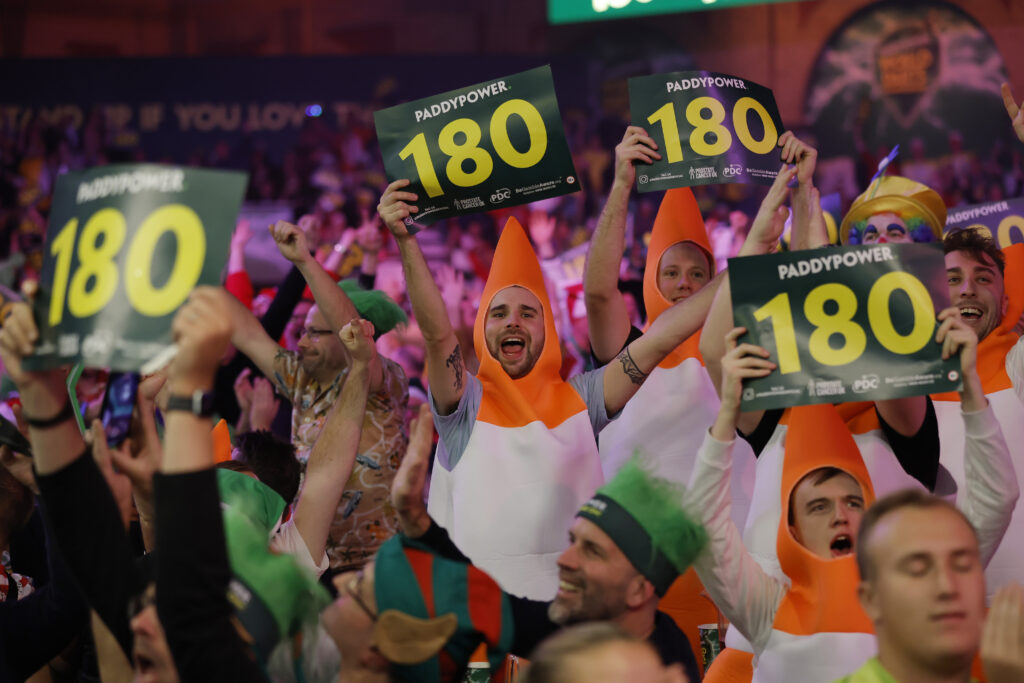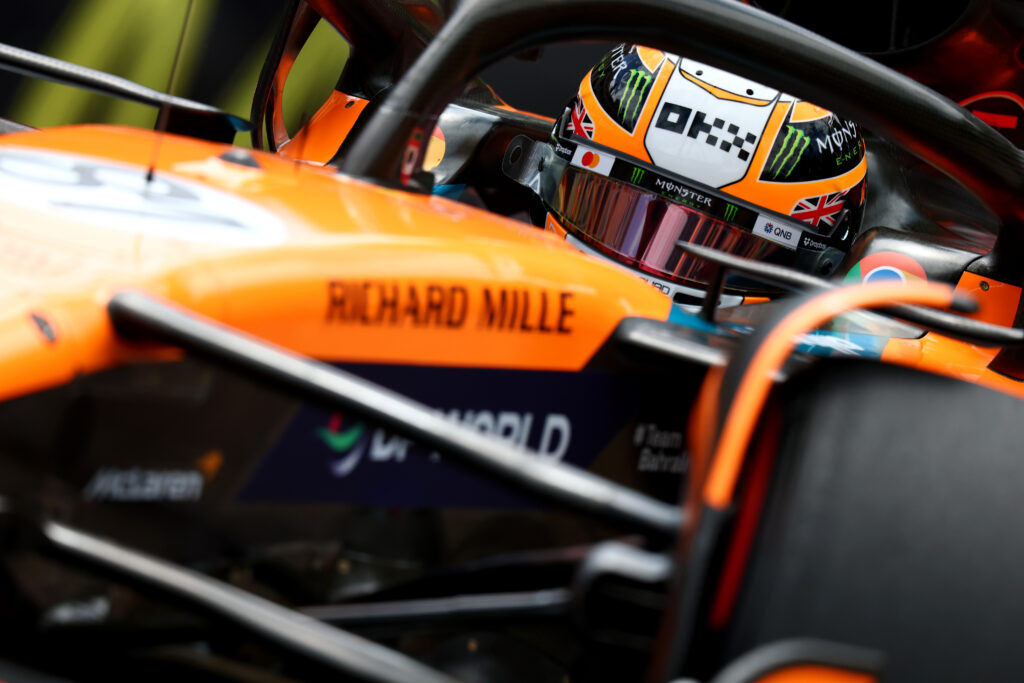Why brands should invest in women's sport
On opening night of the UEFA Women’s Euro 2025 in Basel, 34,063 fans packed out St. Jakob-Park, setting a new Swiss record for a women’s match. Strategic efforts in women’s sports marketing have helped drive ticket sales past 600,000 putting the tournament on track to surpass the 2022 total of 574,875. Meanwhile, UEFA projects global viewership to reach around 500 million, and Fox Sports in the U.S. is airing 19 matches on its main network – anticipating a 50% spike in women’s football audiences, further signalling women’s football growth on a global scale.
These aren’t just sporting milestones. They’re markers of a sport – and an audience – in full flight. For brands, the appeal of women’s sport goes beyond eyeballs. It offers cultural credibility, relevance and resonance – a way to align with values like inclusivity, progress and authenticity, without compromising on reach or ROI.
So, the question for modern marketers and forward-looking investors shouldn’t be if they get involved. It’s how fast.
From digital engagement outpacing men’s leagues to brand deals hitting record highs, the signs are everywhere. Women’s sport is growing. Not always in linear TV metrics, but in the places that matter most for modern brands and investors: attention, relevance, and long-term value.
Women’s sport viewership: Broadcast Decline to Digital Boom
Liner reach and broadcast hours for women’s sport dropped year-on-year in early 2025. But the broader picture is far more dynamic and far more promising.
While TV coverage fell, social video views exploded. TikTok and YouTube content from the top eight women’s leagues grew by +105% year-on-year.
Even more telling: this growth outpaced men’s sport. Whereas the top men’s leagues saw a 14% rise on YouTube, women’s sport hit 84% over the same period.

TikTok trends told a similar story, with views nearly doubling across women’s properties globally – a clear indicator of women’s sports audience engagement increasing and growing social media impact on women’s sport.
At the centre of this shift sits the Barclays Women’s Super League (WSL). Despite a 35% drop in average TV audiences per game, it became the second most-viewed domestic league in England on TikTok, behind only the Premier League. It also topped the charts for views per video on the platform, beating global properties like the WNBA, WTA, and NWSL.
This raises the question, is this a changing of the guard – from passive broadcast to active digital fandom?
A fanbase that’s ready to buy in
According to Sky Sport’s 2024 fan study, the single biggest addressable market for women’s sport is crossover fans – those who follow both men’s and women’s competitions. These fans aren’t driven by gender politics. They’re motivated by skill, passion, and love of the game. In fact, 80% of UK sports fans follow at least one men’s and one women’s sport, rising to 85% among under-35s.
These fans are more commercially valuable than fans of men’s sport alone – spending more on tickets, merch, subscriptions and content.

They’re twice as likely to be passionate about sport in general and 10% more likely to be paid subscribers. Women’s Sport Trust’s (WST) latest Consumer View reports 30% of consumers think more favourably of brands that support women’s sport through sponsorship versus 20% for men’s sport.
“Women’s sport sponsorship works – but it works differently”, says Tammy Parlour, CEO of Women’s Sport Trust.
Investors are thinking bigger, longer term
Forbes reports show venture capital and private equity interest in women’s sport is rising fast, with funds eyeing women’s leagues as “under-monetised, over-performing growth assets”. Investors are drawn to three things: the strength of the audience, the untapped commercial runway, and the lower cost of entry compared to men’s properties.
Michele Kang (owner of the Washington Spirits) is leading the charge, creating the world’s first global multi-club ownership model in women’s football, linking NWSL and Olympique Lyonnais Féminin. She’s clear in her conviction: “We’re not playing catch-up. We’re building something entirely new”.

That same mindset is starting to shape the wider market. Investors, Brands and audiences see women’s sport not as a discount version of men’s sport, but as a distinct product with different appeal, growth patterns and commercial logic.
Women's sport is where cultural relevance lives
Women’s sport doesn’t just compete for attention; it sets a cultural agenda.
That’s why initiatives like the Formula 1 Academy – created to nurture the next generation of female motorsport stars – are so valuable and so appealing. They don’t just fill a pipeline; they redefine what elite sport looks like for a new generation of fans. According to Nielsen, Formula 1 has seen a 38% growth in female fans since 2020, with women now making up over 40% of the global audience.

This shift is visible across social, merchandise, and live experiences – an example of women’s sports audience engagement translating into commercial opportunity.
Whether it’s football, motorsport, or media, women’s sport has become a space where culture, community and commercial value collide. 43% of UK adults feel more positive towards brands supporting women’s sports through their local community. For brands, that means more than media exposure, it means relevance in the cultural moments that matter.
Fans describe women’s football as more honest, approachable and community-driven than the men’s game. They connect with the players and that emotional bond creates deeper, more loyal engagement. That’s why storytelling matters. According to the Sky report, watching live games is the top driver of fandom, but close behind is connection to player stories; the kind of content brands are uniquely positioned to deliver.
For brands, the payoff is twofold. First, reach through surging digital engagement. Second, resonance through alignment with progress and inclusivity. Consumers strongly believe that brands should use women’s sport sponsorship to drive positive social change. This isn’t sports marketing as usual it’s the next generation of fandom. A modern, mission-aligned way to build relevance and results.
The window is open - but not forever
With the UEFA Women’s Euros 2025 in full swing and the Women’s Rugby World Cup on the horizon, 2025 is packed with cultural flashpoints. But momentum only matters if you act on it.
Women’s sport is no longer a box-tick. The growth of women’s sport is an opportunity. It’s a fast-evolving ecosystem where brand equity, performance marketing and progressive values intersect, delivering a media-savvy, fan-first, content-rich environment.
And for brands supporting women’s sports and investors bold enough to see past the old metrics and act on the new ones, it’s a platform for growth.

Get in touch
Interested in how sponsorship can elevate your brand? Get in touch with the team.

